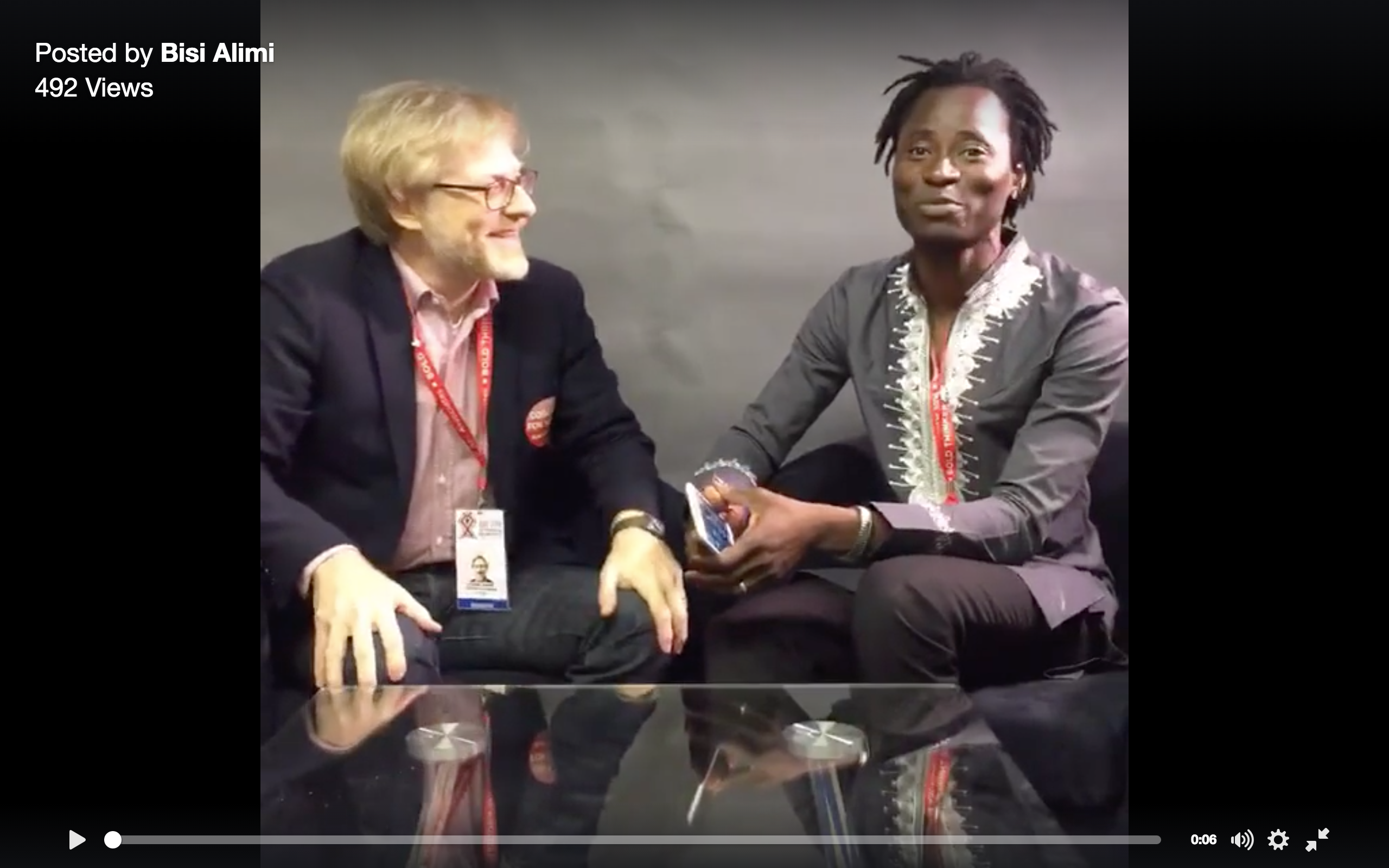Contacts
AVAC: Kay Marshall, [email protected], +1-347-249-6375
IAVI: Arne Naeveke, [email protected], +1-212-847-1055
A PDF version of this press release is also available.
Report released at HIV Research for Prevention Conference highlights funding trends, opportunities and challenges for HIV prevention R&D
Chicago – A new report released today at the second HIV Research for Prevention Conference in Chicago documents 2015 funding, highlighting a decade of flat funding and its potential impact on continued innovation in the HIV prevention research and development (R&D) field.
The Resource Tracking for HIV Prevention R&D Working Group’s (RTWG) 12th annual report, HIV Prevention Research & Development Investments, 2000-2015 Investment priorities to fund innovation in a challenging global health landscape, finds that funding for R&D of new and emerging prevention options decreased slightly in 2015. This was due in part to decreases from the US public sector and a downswing in global philanthropic funding.
Steady progress in R&D for AIDS vaccines, microbicides, pre-exposure prophylaxis using antiretroviral drugs (PrEP) and treatment as prevention (TasP) confirms science’s critical role in providing solutions to end the HIV/AIDS epidemic. Yet research for these badly-needed solutions is in danger of being slowed or even sidelined by inadequate funding.
“It is critical that investments into HIV prevention innovations, science and technology are scaled up to put us firmly on the Fast-Track to ending AIDS by 2030,” said Luiz Loures, Deputy Executive Director, UNAIDS.
In 2015, funders invested a total of US $1.20 billion across R&D, down from US $1.25 billion in 2014, across eight key areas: preventive AIDS vaccines, microbicides, PrEP using antiretroviral drugs, TasP, HSV-2 vaccines and operations research related to voluntary medical male circumcision, female condoms and prevention of vertical transmission.
The report also finds that investment is being made along all phases of the research pipeline but remains concentrated among a few large investors. A more diverse base of funders would increase the stability of R&D financing and cushion the impact if any of the major funders were to reduce their investments. To improve continuity, RTWG calls for a more balanced funding base, especially through support of new investment by European and low- and middle-income countries. The US public sector (primarily via the National Institutes of Health) remained the largest global contributor at US$850 million, accounting for 70 percent of total funding. Together the US government and the Bill & Melinda Gates Foundation, the largest philanthropic funder, accounted for 81 percent of all funding in 2015.
“There is now very strong momentum in research and development, and we need to expedite the development of vaccine strategies and other new, biomedical prevention options that promise to be safe, accessible and effective for use throughout the world,” said Mark Feinberg, President and CEO of IAVI. “There must be adequate and sustained investment at all stages from early laboratory research and to clinical testing if we are to truly be able to contain the HIV pandemic and approach and end to AIDS.”
This is indeed a time of great optimism for HIV prevention research. Daily oral PrEP is gaining traction as a new prevention option in an increasing number of countries; an antiretroviral-based microbicide ring that showed modest efficacy earlier in 2016 will be further evaluated to determine its viability as a prevention option for women; large-scale efficacy trials of an AIDS vaccine candidate and an injectable form of PrEP are slated to begin soon and a novel proof-of-concept trial of antibody-mediated prevention is underway in several countries. Many more promising candidates in earlier stages are progressing toward pre-clinical and clinical evaluation.
Importantly, 2015 saw increasing investment in the science of delivery – or implementation research – primarily focused on delivery of TasP interventions. Such investments will become even more important to help ensure new prevention options move quickly and efficiently into prevention programs and begin to have an impact on HIV infection rates. There is also an increasing understanding that research must understand and integrate the needs and desires of people who will eventually use new prevention options. Ensuring that the perspective of those for whom new prevention options are being developed is included from the beginning of the research process can help ensure that safe and effective products can be rolled out swiftly and be more fully accepted.
“Innovative science needs innovative funding,” said Mitchell Warren, AVAC Executive Director. “We need an expanded and more diverse global cadre of funders who will be involved in and dedicated to advancing HIV prevention R&D, including product delivery. And these investments need to ensure that new options like daily oral PrEP, and potentially the dapivirine vaginal ring, do not sit on the shelf unused because we don’t know how to effectively deliver them, and that future R&D better meets the needs and wants of those for whom products are developed.”
The report and infographics on prevention research investment are online at www.hivresourcetracking.org and on social media with #HIVPxinvestment.
###
Since 2000, the Resource Tracking for HIV Prevention R&D Working Group (formerly the HIV Vaccines & Microbicides Resource Tracking Working Group) has employed a comprehensive methodology to track trends in research and development (R&D) investments and expenditures for biomedical HIV prevention options. AVAC leads the secretariat of the Working Group, that also includes the International AIDS Vaccine Initiative (IAVI) and the Joint United Nations Programme on HIV/AIDS (UNAIDS). This year’s report is additionally made possible by the support of several donors, including IAVI, UNAIDS, the Bill & Melinda Gates Foundation and the American people through the US President’s Emergency Plan for AIDS Relief (PEPFAR) and the US Agency for International Development (USAID). The contents are the responsibility of AVAC and the Working Group and do not necessarily reflect the views of PEPFAR, USAID or the United States Government.
